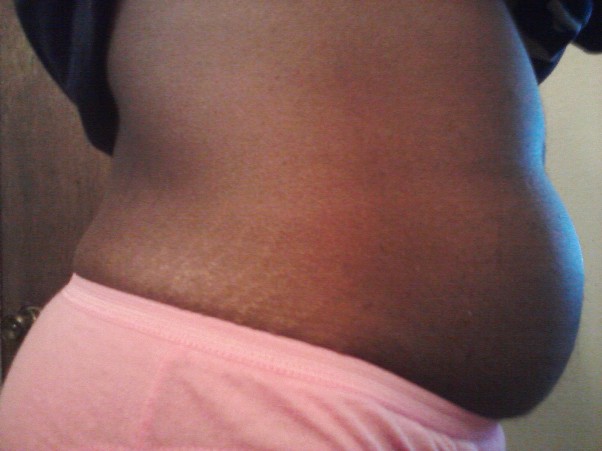Someone recently asked me “What do you know about fibroids?” And that brought some memories back from my 5th year in medical school when my Mom was diagnosed with one.
I completely forgot about it, mostly because my Mom had surgery to remove the uterine fibroid she had and she has been feeling great since.
Most of the time when we think about fibroids, we think about uterine fibroids. But because it is a hormonal tumor, it can be in other places like the breasts as well.
Come to think about it, several years ago I had an ultrasound and mammogram because I felt a little “something” in my beast. It turned out to be a small calcified cyst or small fibroid.
It never gave me any problems so it was left alone. At the same time my thyroid started acting up. I got tired from taking medication to correct my thyroid and not feeling 100% like myself, so I started changing my diet and lifestyle. Result – a win win situation. I am feeling great now; I can’t feel any lumps in my breast and my thyroid is under control.
What are uterine fibroids?
Fibroids are non-cancerous tumours of the uterus (womb). Fibroids grow out of the cells that make up your uterus. Uterine fibroids are also sometimes described as leiomyoma or myoma of the uterus.
Fibroid tumors are composed of renegade muscle cells that come together to form a fibrous “knot” or “mass” within the uterus.
What are breast fibroids?
Breast fibroids, also known as fibrocystic breast disease, fibroid breasts, mammary dysplasia, benign breast disease and diffuse cystic mastopathy, are benign (non-cancerous), moveable, rubbery nodules that cause painful swelling near the breast surface. Most common location – upper outer part of the breast by arm pit.
Fibroids most commonly occur between ages 30 and 40. Fibroids are very common in women of child-bearing age, particularly women of African or African-Caribbean descent. About 60 per cent of women of African or African-Caribbean descent have fibroids by the age of 35, compared with 40 per cent of caucasian women. (Of the 101 participants (mean age 24.5 ± 3.5 y), 43% self-identified as black and 57% as white).
Women suffer from fibroids because of the cumulative effect of monthly menstrual and hormonal cycles. The monthly changes in the levels of oestrogen and progesterone are considered to be the most noteworthy factors contributing to this disease, and thyroid hormone and insulin also influence the development of breast fibroids. This process commences at puberty and continues up to menopause, after which breast fibroids become less of a problem, presumably due to the decrease in estrogen and progesterone. You are more likely to have fibroids if you are overweight, because your oestrogen levels increase as your body fat increases.
To date, at least one genetic link has been identified, indicating that fibroids may also run in families. Fibroids can be as small as a pea or as large as a football. Having uterine fibroids does not increase your risk of cancer. They are almost always benign, no matter how large they get.
Believe that you CAN do something…
and soon enough you WILL be doing it…
I would love to hear about your experiences.
You can find suggestions on
my website www.vilmaswellness.com ,
Facebook http://www.facebook.com.vilmaswellness, or
by joining my thyroid group [email protected], or you are welcome to contact me personally via [email protected]
To your health,
~ Vilma B





1 comment
Your suggestions for living a healthy lifestyle to potentially lower the chance of fibroids were quite helpful. It’s great to see someone approach this subject with respect and sensible guidance. Thank you for speaking up in this area and shining awareness on an often-overlooked problem.